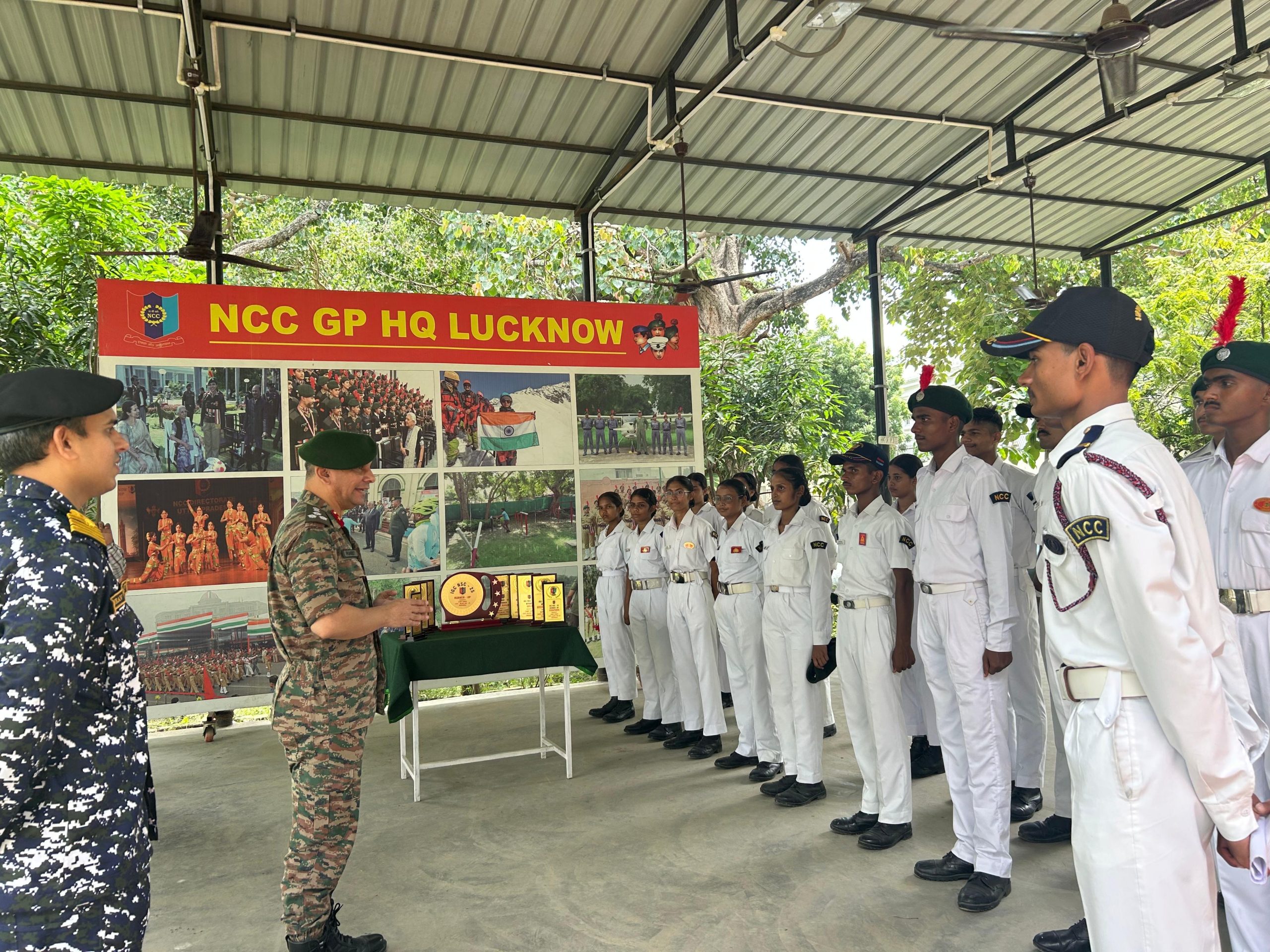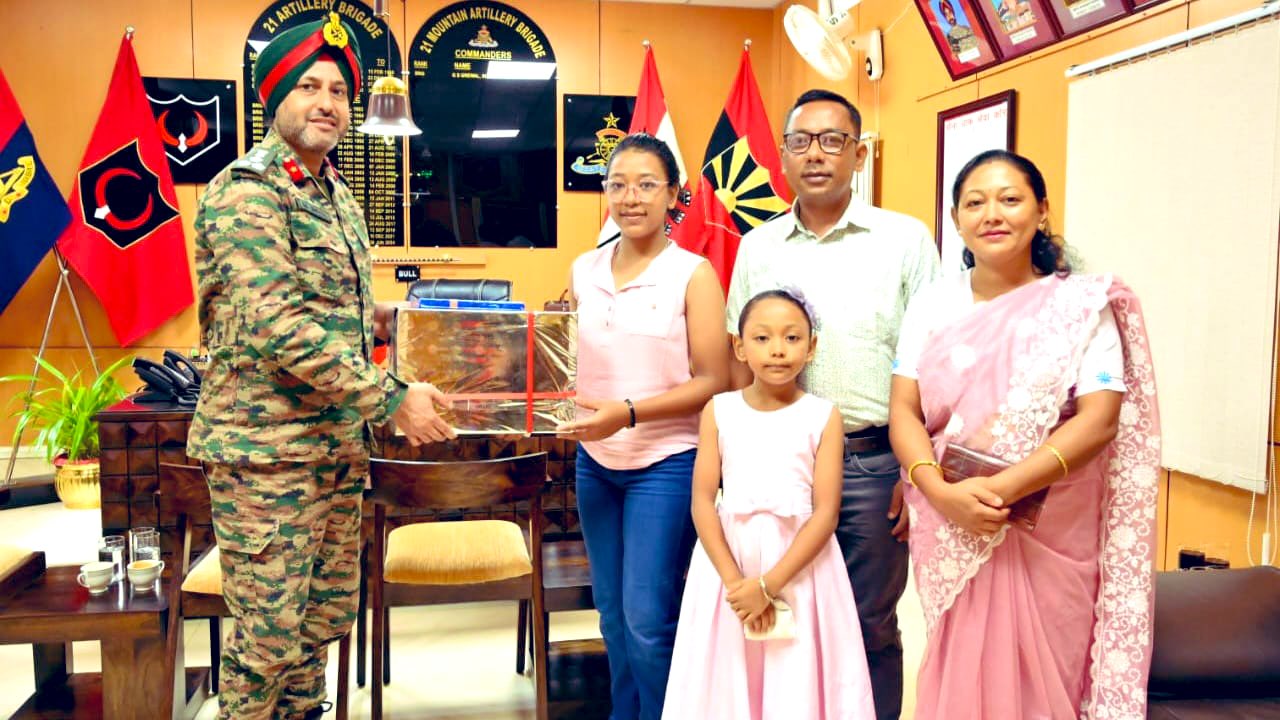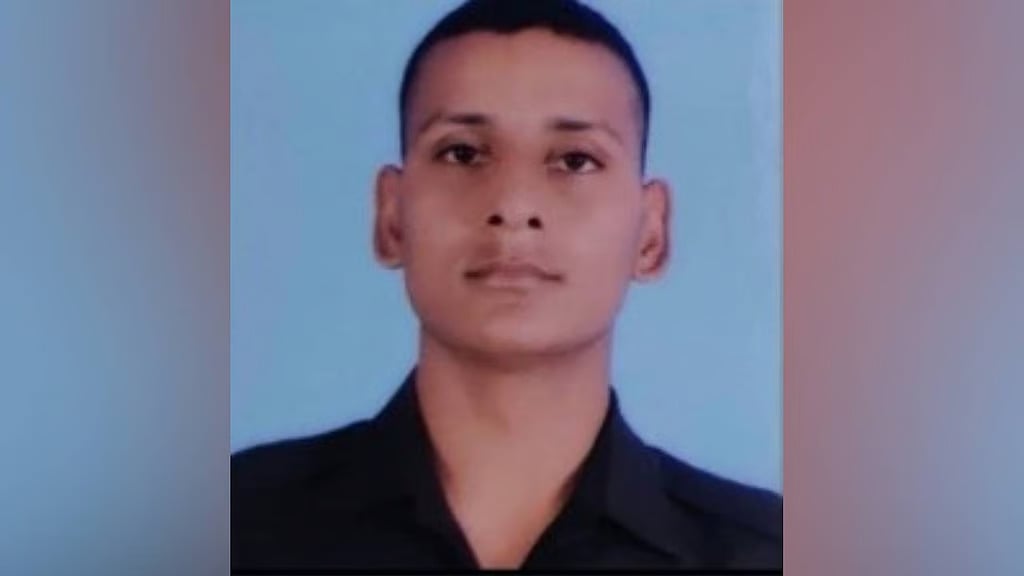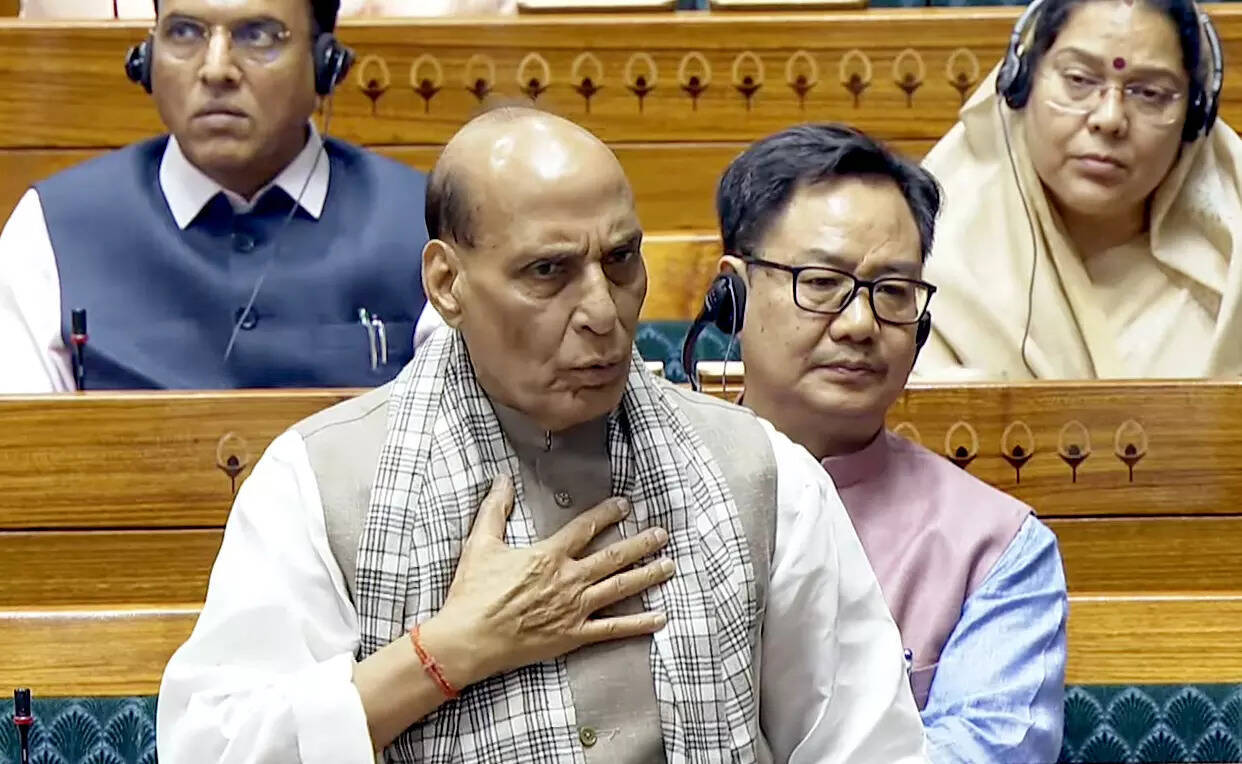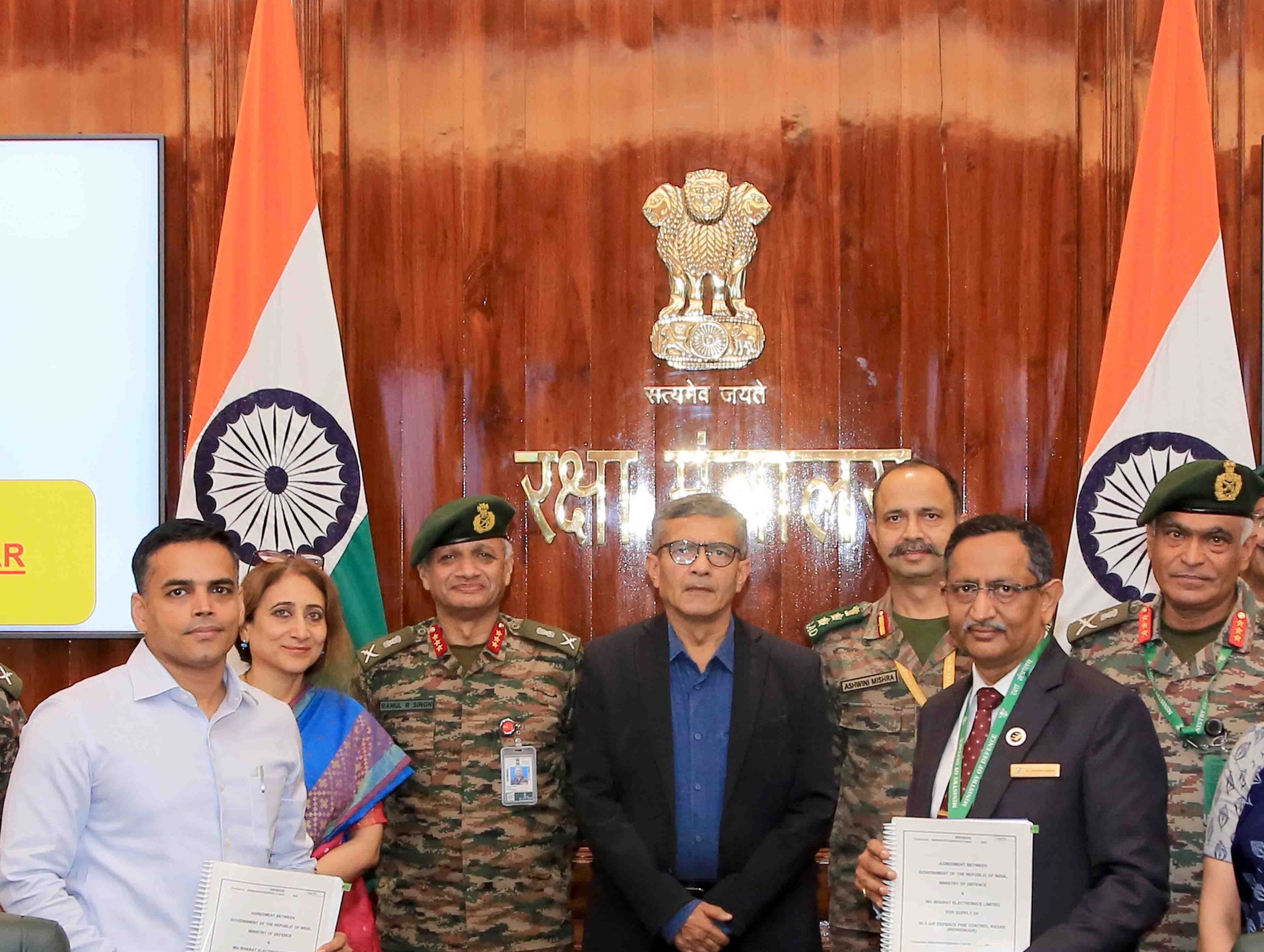Lucknow Group Excels at IGC (PNSC), Cadets Honoured by Group Commander
In a proud and commendable achievement, cadets of 3 UP Naval Unit NCC, Lucknow have brought laurels to the city…
Thailand Rejects Mediation Offers Amid Escalating Conflict with Cambodia
Thailand has firmly rejected mediation efforts from third countries in its ongoing border conflict with Cambodia, stating that the issue…
Assam’s Kripsita Pradhan Becomes First Girl from State to Join RIMC
In a proud moment for Assam, 8th-grade student Kripsita Pradhan has become the first girl from the state to gain…
Agniveer Lalit Kumar Killed, Two Soldiers Injured in Landmine Blast Near LoC in Poonch
An Agniveer of the Indian Army was killed and two other personnel, including a Junior Commissioned Officer (JCO), were injured…
Rajnath Singh to Lead 16-Hour Debate on Operation Sindoor in Lok Sabha; PM Modi Expected to Intervene
The Lok Sabha is set to hold a special 16-hour debate on July 28 focusing on the Pahalgam terror attack…
BEL Signs ₹1,640 Crore Deal to Supply Fire Control Radars to Indian Army
Bharat Electronics Limited (BEL) has signed a ₹1,640 crore contract with the Ministry of Defence to supply advanced Air Defence…

